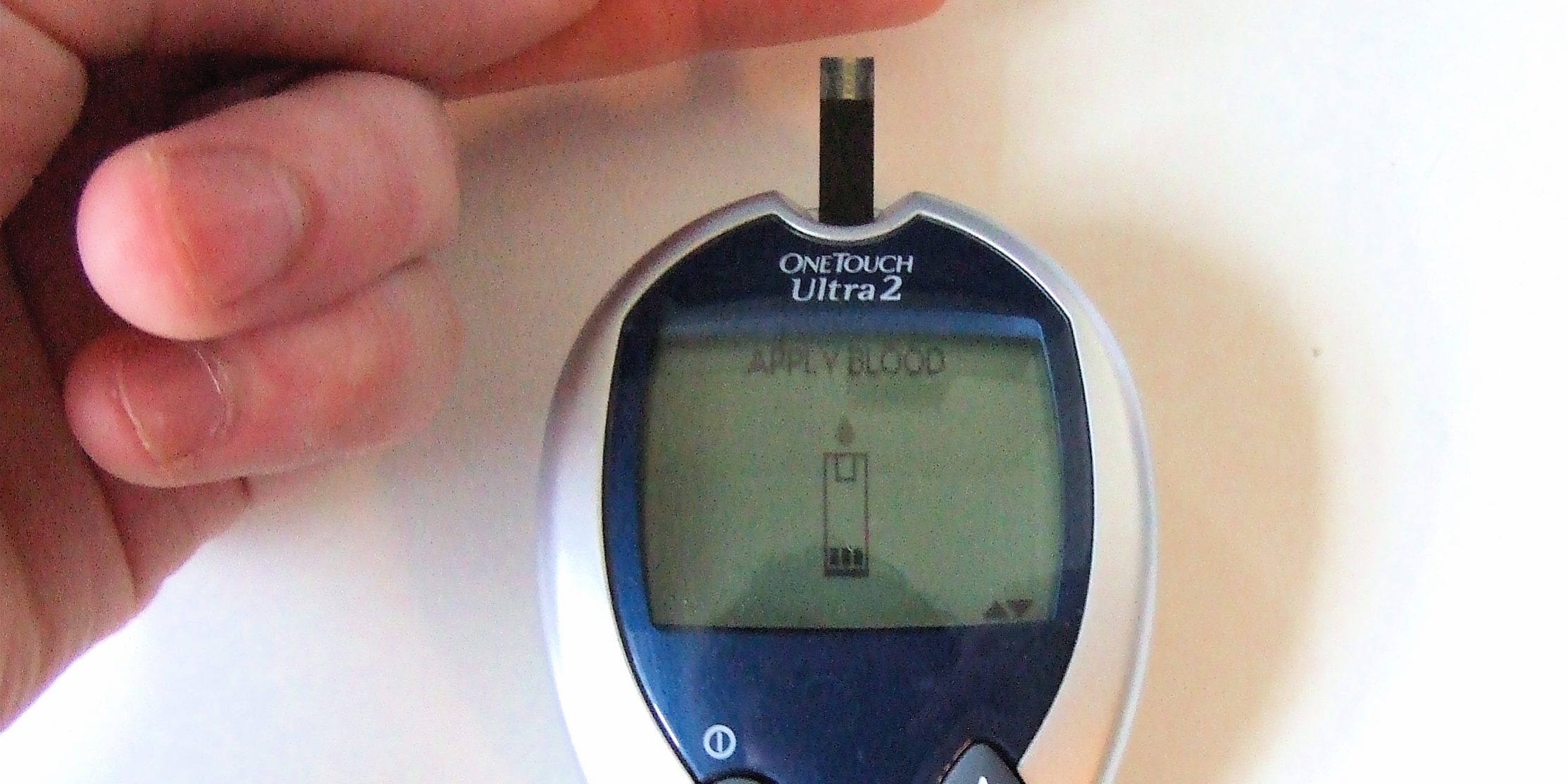The first time I came across the idea of a Lab-on-a-Chip was way back in university some 20 years ago. Just imagine being able to take a single drop of blood, feed it into a device no bigger than a mobile phone and have instant and accurate analysis of blood sugar levels, DNA or even contagious diseases. Here was a technology that could bring about a similar revolution in chemical and biological analysis that was sweeping through the electronics field at the time.
More complex systems would allow doctors in the field to immediately identify and therefore treat contagious diseases – dramatically reducing their impact in less developed regions. Or during routine check-ups identify specific DNA markers, enabling early or even preventative treatment of cardiac conditions or cancer. The promise was tremendous.
Sure the technology needed to create such complex systems was still at an embryonic stage. You would need capillary connections, pumps, mixers, valves, flow sensors, heating elements, reaction chambers and all the other precision engineered systems found in an fully-fitted (and expensive) medical lab. All shrunk down to minute sizes. But the idea was there. All it needed was time and money (and luck).
Commercializing an idea
Lady Luck smiled with the biotech investment boom. Money from governments, institutions and private investors poured into the emerging biotechnology industry. Biotech was the flavour of the day, with new start-ups springing up in science parks around the world. Now we knew what to build and had the money to build it, so where are all these fantastic devices?
Well to transfer any idea into a real commercial product, it is vital to have the required technology readily accessible. With Lab-on-a-Chip, the idea way out-stripped the available technology. And the other critical factor is of course time.
“While published research results are promising, actually taking device concepts and tuning them into accepted products takes time. Often expectations are raised, especially in academic circles, well before products can actually be realized. And when you consider the regulations that healthcare and pharmaceuticals need to adhere to, that timescale can easily stretch well beyond a decade,” commented Jaap den Toonder, Materials Technology professor at the Eindhoven University of Technology and Chief Technologist at Philips Applied Technologies.

One benefit of the biotech boom is that in the intervening years Lab-on-a-Chip technology has moved on significantly. Major advances in micro-mechanical, microfluidic and microarray technologies means more and more steps can be integrated onto a single ‘chip’.
For example, there are five main steps in bacterial infection detection – sample enrichment, cell lysis, DNA extraction, PCR (polymerase chain reaction) amplification, and (fluorescence) detection. At the moment sample enrichment and cell lysis still need to be performed off-chip, but all the processes for the last three steps can now be conducted on-chip.
Sample enrichment is required because bacterial infection concentrations in blood are often very low, perhaps only 10 copies per millilitre. It also means a standard blood sample (7.5 ml) is required and not just a pinprick. However new ‘portable’ systems for enrichment are freeing scientists from traditional lab-based methodologies. That means while complete integrated systems might still be some way off, the technology is rapidly approaching the stage where analysis can be performed under basic conditions, for example at a field hospital or doctor’s office.
The promise is within reach
Simple systems like blood sugar monitors are already common. For more complex systems development work is still needed. It’s also about cost-effective manufacturing. But one indicator of whether an evolving technology is close to becoming a commercial product is when you begin to see all the big companies start to take a real interest.

Current economic conditions are also playing a role. The drive is there to move to cost-effective Lab-on-a-Chip detection as analysis is currently being carried out in increasingly specialized and expensive labs. So the technology is basically in place and the commercial interest is growing. After all this time, suddenly it looks like the promise of Lab-on-a-Chip technology is about to become a reality.
Photography courtesy of NASA, David-i98 and Micronit.







